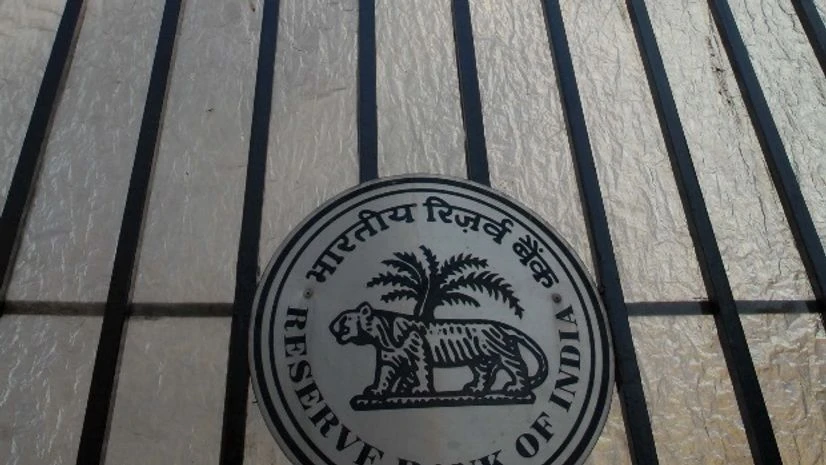Borrowers on the verge of defaulting or those who already have defaulted could feel the heat as bankers are mulling to extend the tracking mechanism of corporate debt restructuring (CDR) to the Joint Lenders’ Forum (JLF) for better coordination and monitoring of restructuring cases.
At present there is no formal mechanism accessible to all lenders to track industry-wide JLF cases and progress. Only, the Reserve Bank of India gets a view of (number and amount) of JLF cases.
Bank executives said since this was a common issue for the entire sector, Indian Banks’ Association, a bankers’ body, may become the platform, which would engage in discussions with banks for the CDR-JLF integration proposal.
The industry body would seek out views of member banks before placing concrete plans before the banking regulator.
The JLF mechanism came in to effect from April 2014 as part of the Framework for Revitalising Distressed Assets in the Economy. The emphasis has been to recognise stress early and formulate Corrective Action Plan (CAP). Prior to the JLF, most cases went to CDR to finalise a rescue package for stressed loans.
While banks have access to the status of borrowers and extent of exposures through Central Repository of Information on Large Credits (CRILC), lenders also need information about progress of JLF cases. This would become crucial when resolution begins to happen under the bankruptcy code,” said an IDBI Bank executive.
A quarterly update on the cases was available under CDR. It gave information on which cases got admitted, which went out of the system either on account of successful implementation of package or failure of it. Now, under the JLF mechanism no such wide dissemination of cases is taking place.
Another senior public sector bank executive said banks were competing for a share of the lending pie when times were good. Having to face big portfolio of stressed loans, banks now want to get a sense of what is happening with borrower accounts for timely decision.
Domestic brokerage Religare Capital Markets, in its report on under-reporting of stressed accounts, said the asset watchlists declared by banks last quarter were highly subjective and differ widely in terms of stressed asset inclusion. This makes comparisons problematic and, more importantly, runs the risk of severe understatement of bad loans.
The broking house streamlined the watchlists to enable a peer comparison and to garner a clearer idea of how well each bank really fared on the asset front. The derived watchlists were 35–144 per cent higher than those disclosed by the three banks.
For ICICI Bank, stressed list was 35 per cent higher at Rs 59,300 crore (5.5 per cent of total exposure), followed by Axis Bank with a 39 per cent variance at Rs 31,500 crore (5.4 per cent).
State Bank of India derived list was a shocker, coming in 2.4 times higher than management guidance at Rs 76,500 crore (3.2 per cent).

)
